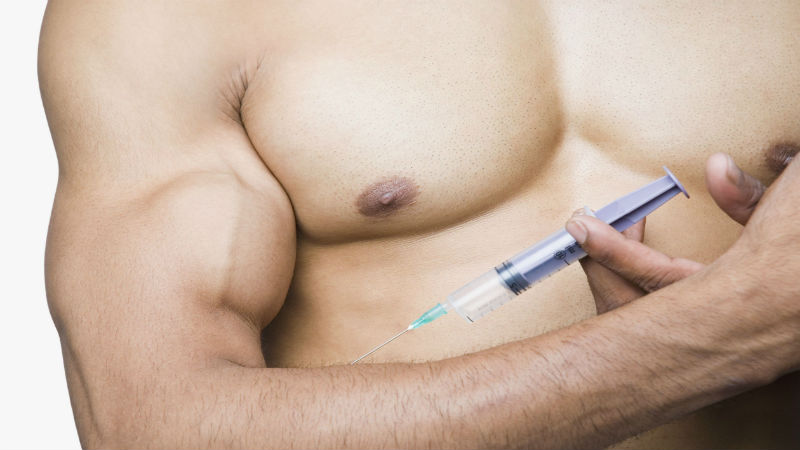An upper endoscopy in Dallas, TX, also known as the EGD, is a medical procedure where a thin scope holding a camera and light is used for looking at the upper portion of the digestive tract. This includes your esophagus, stomach and the first part of your small intestine, referred to as the duodenum.
This procedure is typically done as an outpatient procedure. But in some cases, it must be done at the hospital if bleeding in the upper part of the digestive system is suspected.
What Is the Procedure Used For?
There are several things the upper endoscopy in Dallas, TX procedure can detect. It is often used for cases of bleeding, issues with swallowing, heartburn, vomiting or nausea and chest or abdominal pain. Endoscopy procedures can also be used for helping to identify issues related to tumors, ulcers and inflammation.
The Detection of Abnormal Growth
An upper endoscopy is much more accurate than an X-ray for detecting abnormal growth, such as cancer. Also, other abnormalities can be treated by using an endoscope. Some of these abnormalities include bleeding resulting from cancer or ulcers, objects that are stuck in the stomach or esophagus, narrowed parts of the esophagus and polyps.
If your doctor has ordered an upper endoscopy in Dallas, TX, be sure to ask them what they are looking for. This will give you an idea of the condition you may be suffering from. Also, knowing what is going to happen can help you feel less stressed about the situation.
More information about an upper endoscopy in Dallas, TX can be found by visiting the Kedia MD website or calling the staff at +214-941-6891.

